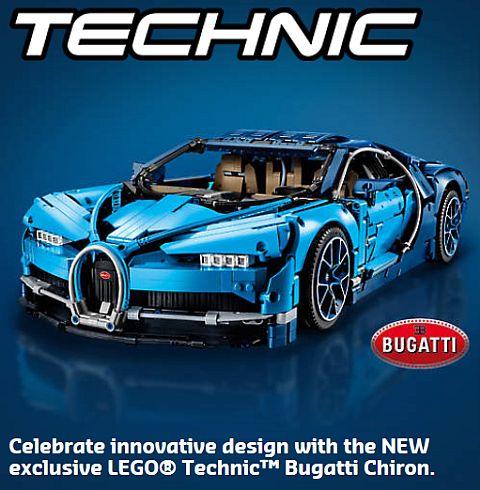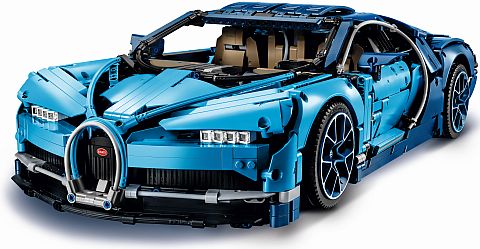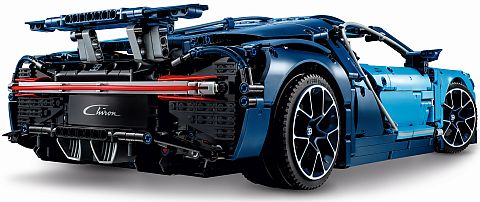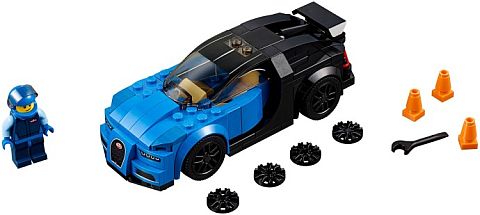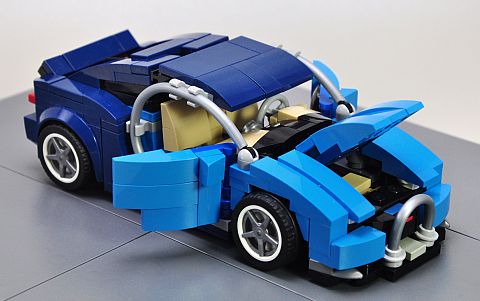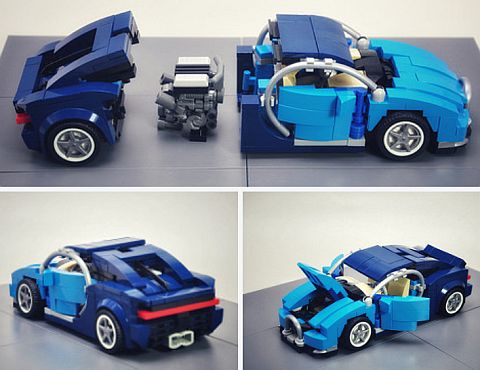Back in August 2017, LEGO announced that a forthcoming LEGO Ideas set will be based upon the super robot from the classic Voltron: Defender of the Universe television series. The model was originally designed and submitted to the LEGO Ideas platform by Leandro Tayag (a.k.a len_d69), a software architect from the Philippines (you can learn more about Leandro in this interview at the LEGO Ideas blog). The project was very popular on LEGO Ideas and it received 10k votes in just three weeks! Now, after many months of working on the final design of the model, LEGO finally revealed the official #21311 LEGO Ideas Voltron set, which will be released later this year. See details below. 🙂

Here is the official description of the set: Let’s go Voltron force in LEGO style! It’s time to defend the universe so get ready to form the #21311 LEGO Ideas Voltron, the biggest buildable LEGO mech ever! Activate interlocks! Dynotherms connected! Infracells up! Megathrusters are go! This awesome set features buildable and highly posable black, blue, yellow, red, and green lions with specially designed, extra-strong joints to combine them all and create the Voltron super robot, plus a huge sword and shield that attach firmly to Voltron’s hands. Form feet and legs with the blue and yellow lions. Form arms with the red and green lions. And form torso and head with the mighty black lion. Then grab the super robot’s huge sword and shield and form Voltron to defend the universe! Ideal for display or to recreate thrilling action from the original 1980s animated Voltron TV series and the modern DreamWorks Voltron: Legendary Defender series.

- Features 5 buildable and posable lions that can be transformed and combined to create the giant Voltron super robot.
- Play with the lions individually or combine them using extra-strong joints to form Voltron. The black lion forms the head and torso, the red and green lions form the arms, and the yellow and blue lions form the legs.
- Pose the head, shoulders, arms and wrists of Voltron (legs are not posable).
- Also includes a sword and shield (each with silver-colored elements) that attach firmly to Voltron’s hands.
- Includes a booklet with building instructions, plus information about the set’s fan creator and super force of LEGO designers.
- Display or play out exciting stories from the original 1980s animated Voltron TV series and the modern DreamWorks Voltron: Legendary Defender series.
- Voltron measures over 15” (40cm) high, 5” (14cm) long and 8” (21cm) wide.
- Black lion measures over 6” (17cm) high, 8” (22cm) long and 5” (15cm) wide.
- Yellow and blue lions each measure over 3” (8cm) high, 8” (21cm) long and 3” (8cm) wide.
- Green and red lions each measure over 3” (8cm) high, 7” (18cm) long and 1” (5cm) wide.
- Voltron’s sword measures 11” (29cm) long.
- Voltron’s shield measures 6” (16cm) in diameter.
- 2,321 pieces.
- Recommended for ages 16+.
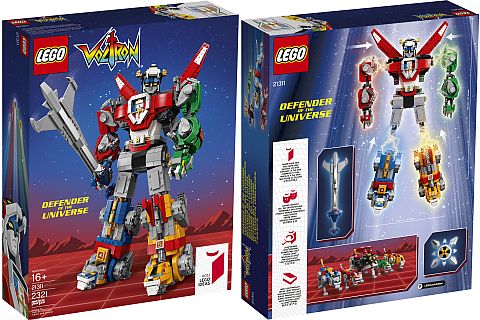
The #21311 LEGO Ideas Voltron set will be available on August 1st, 2018, with early access to LEGO VIP members on July 23rd. Prices are as follows: Germany 179.99 EUR, Denmark 1499 DKK, UK 159.99 GBP, Australia 289.99 AUD, Hong Kong 1599 HKD, US 179.99 USD , Canada 229.99 CAD. Euro prices vary by country. For more details, please visit the LEGO Ideas section of the Online LEGO Shop.
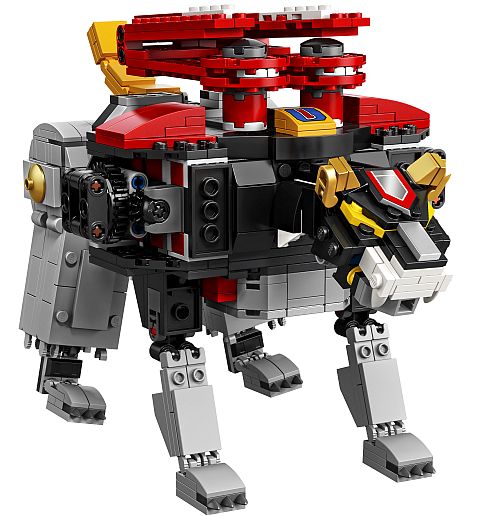

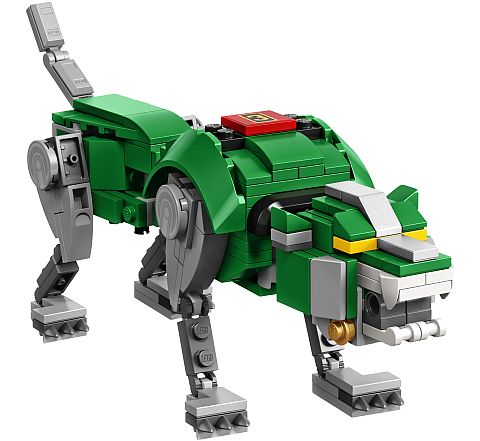
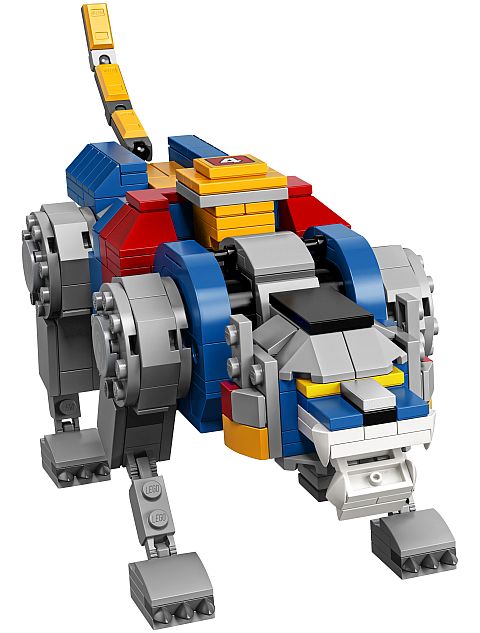
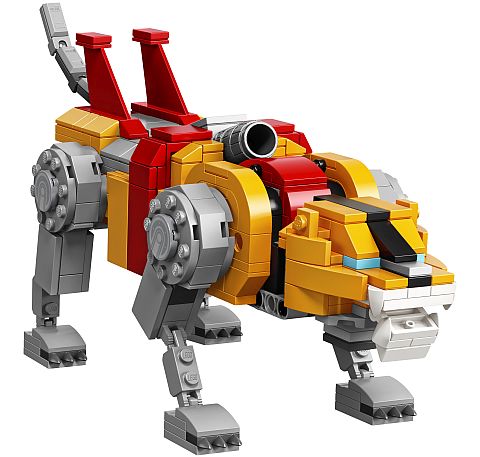
After so much waiting for this set, it’s great to see the finished model. It’s interesting to compare the final design to the original submission to spot the similarities and differences. Below, I have included a couple of pictures for comparison, and you can see more images of the original submission at this LEGO Ideas page.
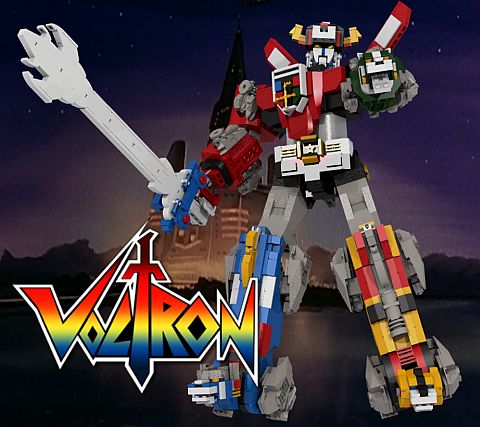


Whether you are into Voltron or not, this looks like an awesome mech with lots of options for customization. I’m really happy to see the number of excellent mechs LEGO has been releasing in recent years, and looks like Voltron is another worthy addition to the lineup. While we are waiting for the release of the #21311 LEGO Ideas Voltron set, you might also want to take a look at the other fan-submitted LEGO sets at the LEGO Ideas section of the Online LEGO Shop.

What do you think? How do you like the LEGO Ideas Voltron set? Are you looking forward to it? How do you think it compares to the original submission? Feel free to share your thoughts and discuss in the comment section below! 😉
And you might also like to check out the following related posts:


